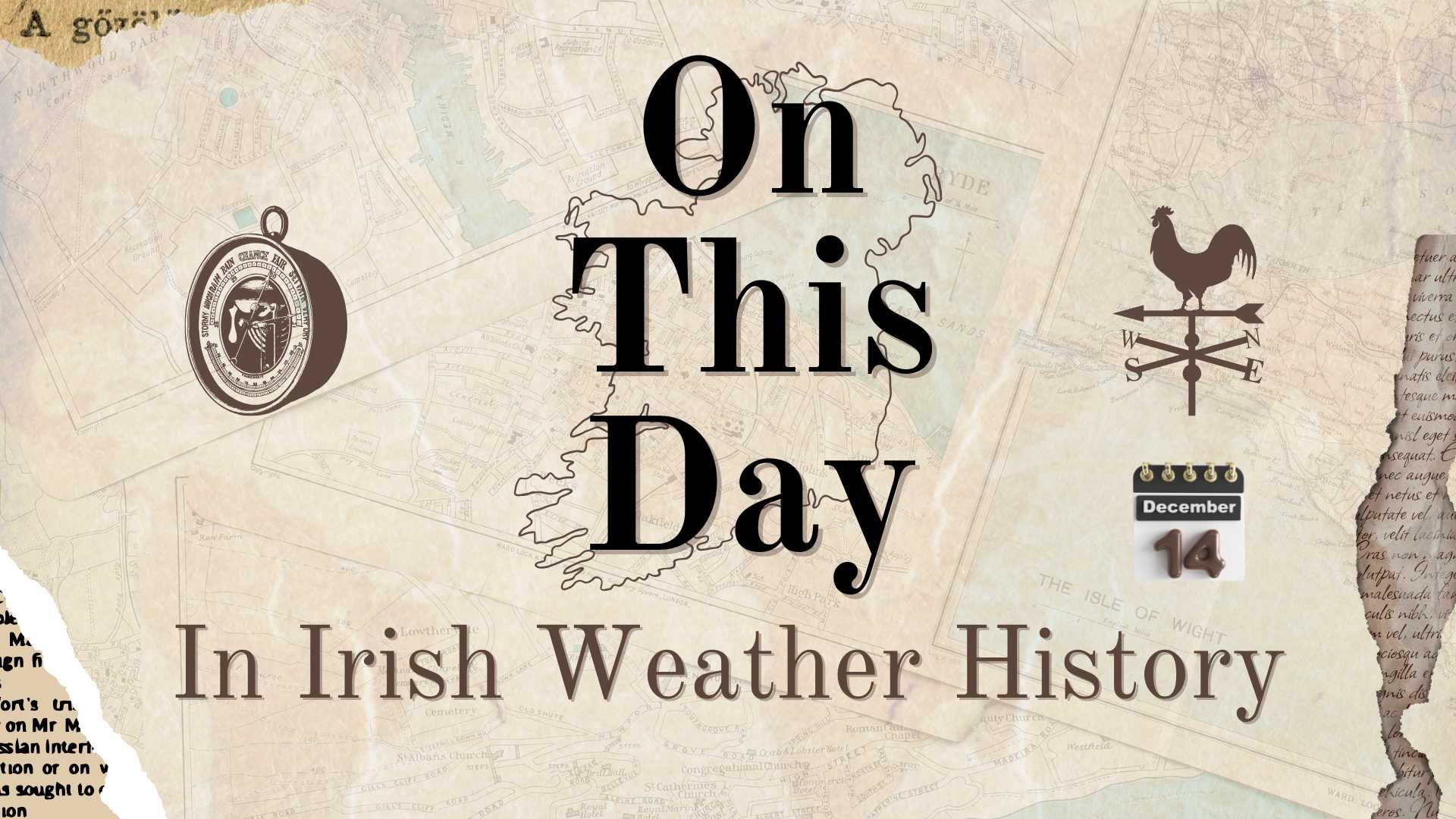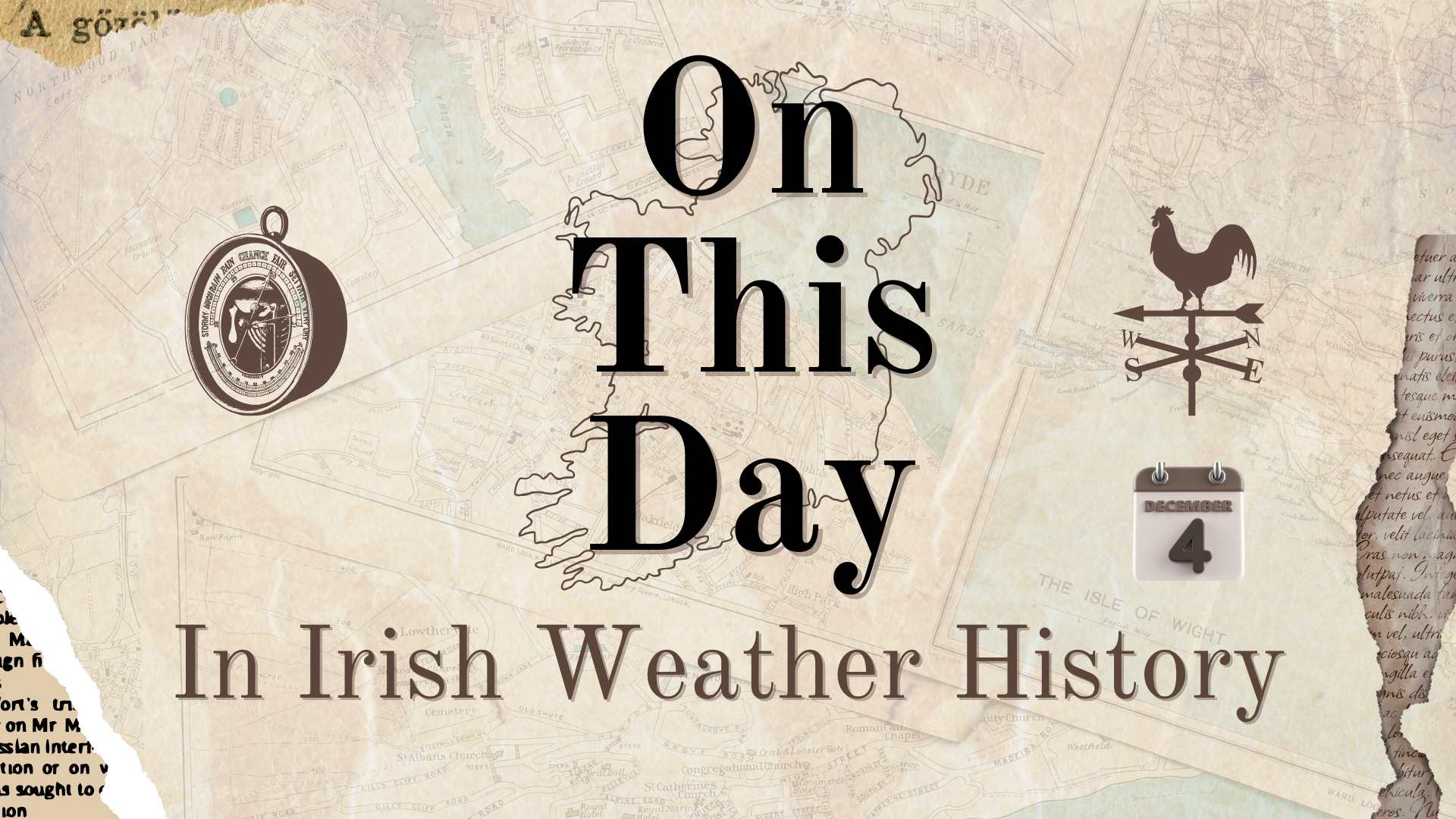
On This Day (29 April) in Irish Weather History

A chronological list of weather events and extremes that occurred in Ireland on 29 April down through history.
1907: The British steamer Lucifer, bound for Dublin from New York, sinks with 5,000 tons of oil in the North Atlantic. All 32 crew members are rescued by another steamer named the Sagaine.
1916: Sunday, April 29th, marks the day Padraig Pearse ordered the surrender of the Easter Rising rebels. The weather on this day was dry and sunny, with maximum temperatures of 12–13°C in a light easterly wind in Dublin.
1919: Favourable weather conditions give the green light for a transatlantic flight by three American seaplanes from St. John’s, Newfoundland, to Ireland.
1930: A steamship bound for Sydney with 200 tons of coal becomes grounded on St. Patrick’s Bridge at Kilmore Quay, Wexford.
1947: The Government lifts a ration on timber which was introduced the previous month due to a shortage of turf brought about by bad weather.
1950: A land and sea search from Galway Bay to Fastnet gets underway for the 13 crew members of a trawler that sinks in stormy conditions.
1973: Bitterly cold winds sweep down over Ireland. Claremorris in Mayo records an overnight temperature of -5°C, while the daytime max reaches only 6°C.
1981: Galway records a daily high of 22°C.
2012: A low-pressure system drifts over the southeast of Ireland bringing heavy rain and strong gale-force easterly winds, with a maximum daily high of just 7°C at Casement in Dublin.
2016: Thunderstorms bring downpours and a number of recorded lightning strikes across the southern half of Ireland.
2017: Mullingar, County Westmeath, records its 15th successive day without any measurable rainfall.
2020: 25.6 mm of rain is recorded on Sherkin Island, Cork, and in Athenry, Galway, marking the wettest day of the month.
2021: In what is an exceptionally dry April, Roches Point in Cork records the highest rainfall total of the month (9.3 mm).
Share this WeathÉire story:







